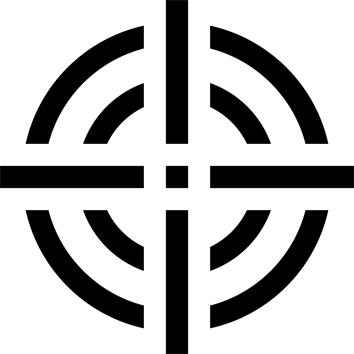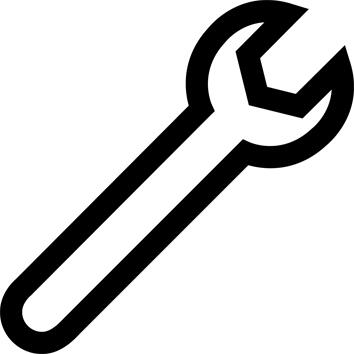Weight, dimensions and composition of a UK Pool tail :
Your cue is in keeping with snooker tradition and aesthetics:
- It weighs 540 grams (19 oz) and measures 145 cm (57 "). These are the classic dimensions of a billiard cue.
- Its 10 mm diameter tip is adapted to the size of snooker balls.
- The cue is made of ash wood, with a black shaft and a smooth finish on the arrow, in the spirit of UK Pool cues.
- The ferrule and joint are made of brass.
A bit of history... and geography while playing billiards.
Ash is a particularly strong wood. It therefore allows the construction of fine shafts adapted to the size of UK Pool balls.
Historically, snooker cues are made of ash.
Indeed, ash is a widespread wood in Europe. It was therefore a logical choice for the construction of English billiard cues.
Easy to carry, efficient to play with and even reinforced at the heel, what are the characteristics of your cue?
For easier transportation, your cue can be unscrewed into 2 parts at mid-length.
The steel joint provides quality clamping and eliminates the impression of a 2-part cue when you play.
And with its standard screw thread, you can assemble and disassemble your cue in just a few turns.
The heel of the barrel (the part you put on the floor!) is made of rubber: no risk of damaging the cue or the floor when you wait between shots!
A word of advice from our billiards team:
Billiards is all about precision... and therefore position. Take your time to find a posture where you're both stable and comfortable.
And with snooker, the pool table is big! Don't hesitate to bend over and play with your chin almost glued to the cue.
Did you know? The process of your cue can be maintained.
The cue tip is the end of your billiard cue (often referred to as the tip).
This is the part of the cue tip with which you hit the ball: it wears out and must be changed regularly.
If you've just replaced your cue tip, or if you have a new cue tip, you need to "make" the cue tip.
The aim is to sand the cue tip with sandpaper to remove the varnish, soften the leather and break up the corners, so that the cue tip hits the ball evenly.


